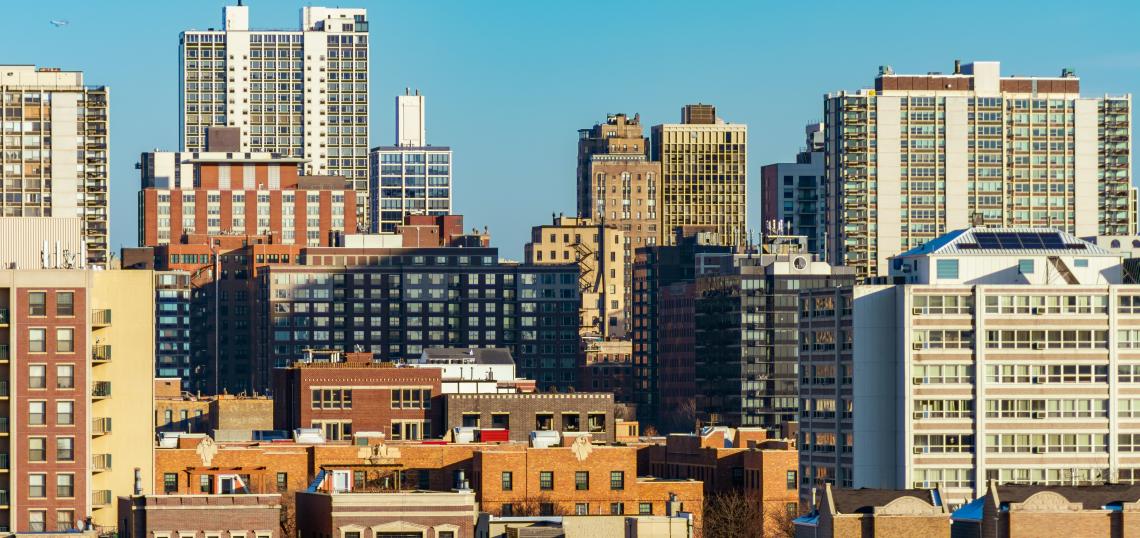At Wednesday's City Council meeting, Mayor Lori Lightfoot introduced her long-awaited proposal to overhaul Chicago's affordable housing requirements in new development projects.
The existing Affordable Requirements Ordinance (ARO) requires residential developments with 10 or more units to set aside a portion of apartments or condos as affordable housing. Projects that are subject to Chicago's ARO include developments that receive a zoning change, financial assistance, or land from the city.
Under the current rules, developments that come under the ARO are required to build 10 percent affordable units or pay what are called "in-lieu" fees that the city uses to fund other affordable housing programs. Since the policy went into effect in 2007, it has generated $124 million of in-lieu payments but produced only 1,049 affordable residences (as of last year).
The revised ordinance boosts the affordability requirements to 20 percent in developments located downtown, in neighborhoods with low levels of affordable housing, and in so-called "community preservation areas" facing displacement of low-income residents. Some areas of the city, such as the West Loop, have already adopted a 20 percent requirement as part of a pilot program enacted by the city in 2017.
Under Lightfoot's proposed ordinance, developers can still opt out of building units on-site, but the in-lieu payment fees will increase. At least 50 percent of units are required to be built (either on-site, off-site, or across a combination of the two), which is an increase from the 25 percent required under the current ARO.
Off-site units can now be built in any area of the city as long as it is lacking affordable housing. And if a project triggers ARO requirements in a transit-oriented development (TOD), any off-site units must also be located in a similar transit-served area.
Additionally, the ordinance requires builders to provide more units for residents earning below the 60 percent area median income (AMI) "affordability" threshold established under the previous rules. Developers that decrease that threshold for lower-income residents can build fewer units. The revised rules also include incentives to provide larger family-sized affordable-rate units.
"As city leaders, it is our responsibility to step up and do the work to reverse the adverse effects segregation has had on our city," said Mayor Lightfoot in a statement Wednesday. "These effects, which include disinvestment, gentrification, and a historic life expectancy gap, are at odds with our values of equity and inclusion.
"Thanks to this ordinance, we will be able to better address these negative impacts and move our city that much closer to fully ensuring that all of our residents, regardless of their income, will have the ability and opportunity to live wherever they choose in Chicago."
Lightfoot's proposal incorporates many findings and recommendations from the Department of Housing Inclusionary Housing Task Force. According to a report published by the task force in September, Chicago faces an estimated citywide shortage of nearly 120,000 affordable homes.
While few dismiss the problems caused by the city's shortfall of affordable housing, real estate developers have generally cautioned against raising the ARO requirements, arguing that it could make it more difficult to finance new construction.
If too restrictive, the new rules could have the opposite effect. Projects that can't get off the ground won't be able to generate any new units of affordable housing or pay the in-lieu fees that bring vital funding to many of the city's other affordable housing initiatives.
Mayor Lightfoot's plan will need to strike a delicate balance to achieve its goal of bringing more affordable housing to the neighborhoods that need it the most.
If the ARO requirements are indeed set too high, we might see a flood of developers rushing projects through city hall before the new rules go into effect.






